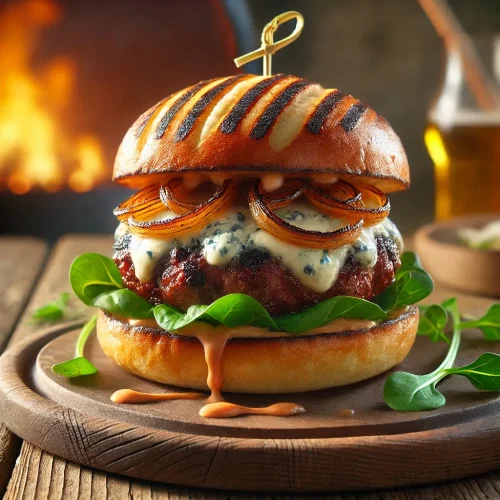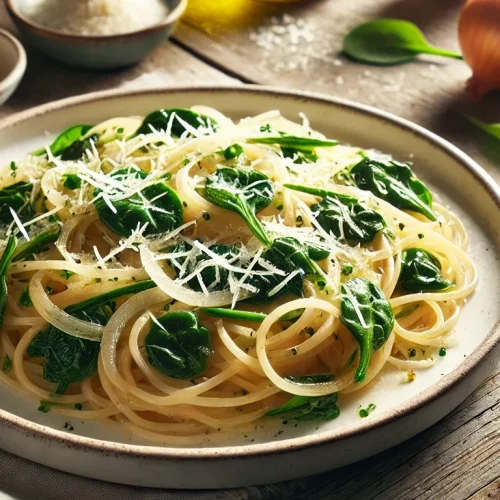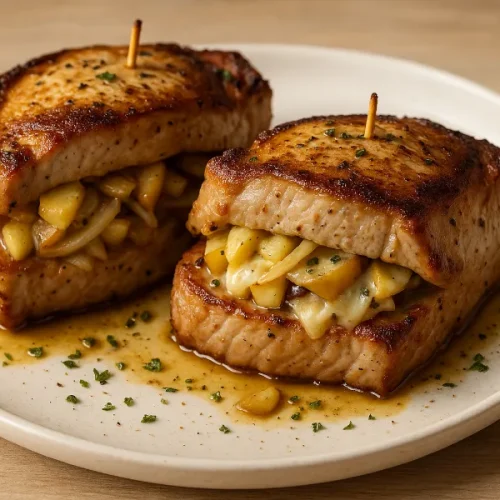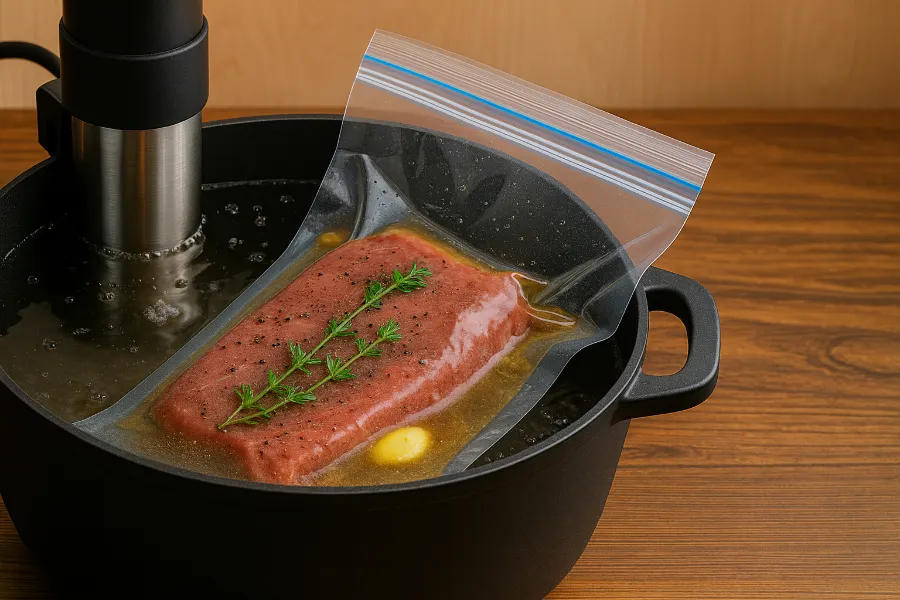
Cooking sous vide beef tenderloin might just be the most stress-free way to prepare one of the most luxurious cuts of beef. If you’ve ever hovered over a roast in the oven or nervously cut into a filet mignon only to find it underdone—or worse, overcooked—you’ll understand why sous vide has become the gold standard for this prized cut. It takes away the guesswork and delivers a melt-in-your-mouth experience every single time.
The beef tenderloin is naturally lean, tender, and expensive. That means mistakes are costly, both to your dinner plans and your wallet. The sous vide method, however, makes it practically impossible to mess up. With precise temperature control and edge-to-edge doneness, you’ll serve a restaurant-quality tenderloin at home, without breaking a sweat.
Let’s break it down—from what makes this cut so unique, to exact cooking times, flavor pairings, and how to finish it off with the perfect sear.
What Makes Beef Tenderloin Special (and Tricky)
The beef tenderloin is a long, cylindrical muscle that runs along the spine of the cow. Because this muscle does very little work, it remains incredibly soft and tender. When sliced into steaks, it becomes the beloved filet mignon. Left as a thicker section, it’s the chateaubriand. And from the narrower end, you’ll find smaller cuts known as tournedos.
Here’s the catch: tenderloin is also one of the leanest cuts of beef. With almost no intramuscular fat (marbling), it has less insulation from heat and less flavor compared to fattier cuts like ribeye. That’s why it can quickly swing from buttery-soft to chewy and dry if overcooked by even a few degrees.
This is where sous vide cooking works its magic.
Why Cook Beef Tenderloin Sous Vide?
Sous vide—French for “under vacuum”—is the process of sealing food in a bag and cooking it in a water bath held at a precise temperature. For beef tenderloin, it’s like having culinary training wheels:
- Perfect doneness, every time. Set your immersion circulator to 131°F, and your beef will never cook past medium-rare.
- Even edge-to-edge cooking. No gray rings around the outside, just a gorgeous pink center throughout.
- Stress-free timing. Whether you leave it in the bath for 2 hours or 4, your tenderloin won’t dry out or overcook.
- Freedom in the kitchen. While the beef cooks slowly, you can focus on preparing sides, sauces, or setting the table.
Instead of juggling timers and oven thermometers, you simply set it, forget it, and come back when it’s ready to sear.
The Best Temperatures and Times for Sous Vide Beef Tenderloin
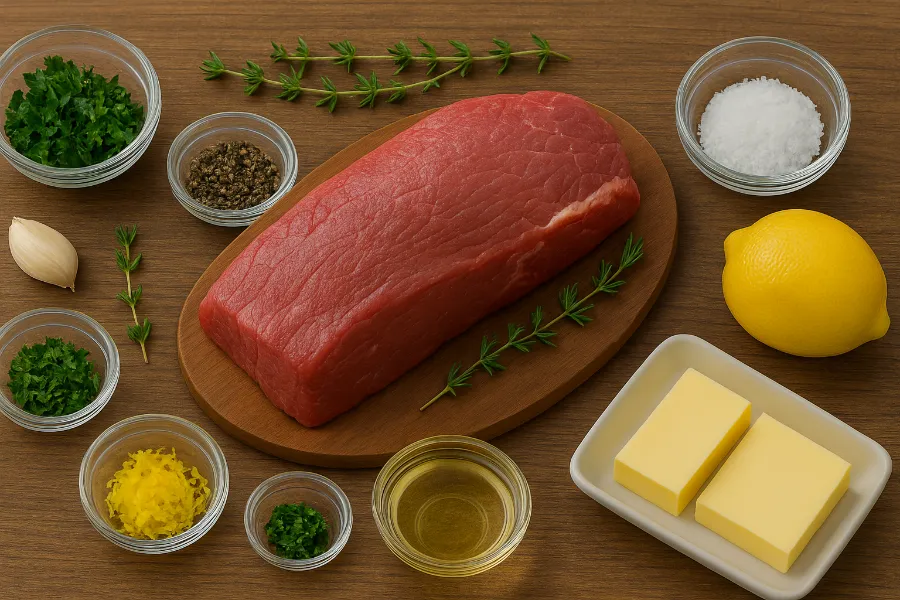
The tenderness of beef tenderloin means it doesn’t need long cook times—just enough to heat through. The exact time depends on thickness, but here’s a reliable guide:
| Doneness Level | Temperature | Cook Time (by thickness) |
|---|---|---|
| Rare | 125°F (52°C) | 1–2.5 hours (steaks) / 3–4 hours (whole roast) |
| Medium-Rare | 131°F (55°C) | 1–3 hours (steaks) / 3–5 hours (whole roast) |
| Medium | 140°F (60°C) | 1–3 hours (steaks) / 3–5 hours (whole roast) |
| Medium-Well | 149°F (65°C) | 1–3 hours (steaks) / 3–5 hours (whole roast) |
| Well Done | 160°F (71°C) | 1–3 hours (steaks) / 3–5 hours (whole roast) |
Pro tip: Go a few degrees below your usual target since the sear at the end will bump up the internal temperature slightly.
Step-by-Step: How to Cook Sous Vide Beef Tenderloin
1. Trim and Season
- Remove any silver skin or excess fat.
- Season generously with kosher salt and freshly cracked black pepper.
- Optional: add sprigs of thyme, rosemary, or smashed garlic cloves.
2. Bag It
- Use a vacuum sealer or a high-quality zip-top freezer bag.
- If using a zip-top bag, use the water displacement method: slowly lower the bag into water to push air out before sealing.
3. Set the Bath
- Preheat your sous vide water bath to your chosen doneness (e.g., 131°F for medium-rare).
4. Cook
- Steaks: 1–3 hours depending on thickness.
- Whole tenderloin: 3–5 hours for even cooking.
5. Rest and Dry
- Once done, remove from the bag.
- Save the juices for a pan sauce.
- Pat the beef very dry with paper towels—this step is crucial for a good sear.
6. Sear to Finish
- Heat a cast-iron skillet until smoking hot.
- Add oil with a high smoke point (like avocado or vegetable oil).
- Sear each side for 30–60 seconds until a crust forms.
- For extra richness, add a knob of butter with thyme and garlic for basting.
Flavor Boosters and Sauces
Since tenderloin is lean, sauces and toppings elevate it. Try these ideas:
- Herb Butter: Mix softened butter with parsley, garlic, lemon zest, and thyme.
- Port Wine Reduction: Deglaze the pan with tawny Port, add garlic, and simmer until syrupy.
- Blue Cheese Crust: Spread blue cheese mousse on seared tenderloin for bold flavor.
- Classic Red Wine Sauce: Reduce beef stock with red wine, shallots, and rosemary.
Pairing Ideas for the Perfect Plate
A sous vide beef tenderloin deserves sides that complement its elegance. Consider:
- Roasted winter vegetables (carrots, parsnips, brussels sprouts)
- Creamy polenta or mashed potatoes
- Crispy French fries for a fun twist
- A bold red wine, like Cabernet Sauvignon or Bordeaux
Common Mistakes to Avoid
- Skipping the dry-off step. If the meat is wet, it will steam instead of sear.
- Leaving it in too long. While forgiving, tenderloin can get mushy if cooked past 6 hours.
- Not letting it rest. Even after sous vide, rest it for 5 minutes to lock in juices.
- Under-seasoning. Since it’s lean, don’t be shy with salt and flavor boosters.
Serving and Presentation
The beauty of sous vide beef tenderloin is in its versatility:
- Slice it thin like roast beef for elegant dinner parties.
- Carve thick filet mignon steaks and top with compound butter.
- Present a whole chateaubriand at the table for dramatic flair.
Whatever the approach, remember: the sauce and sides should enhance, not overshadow, the star of the show.

Why Sous Vide Beef Tenderloin is Worth It
Cooking sous vide beef tenderloin removes all the stress that usually comes with preparing this luxury cut. Instead of worrying about overcooking, you get to enjoy a foolproof process and a steakhouse-quality meal at home.
Whether you’re hosting Christmas dinner, celebrating an anniversary, or simply indulging in a weekend feast, sous vide transforms this intimidating cut into something approachable and consistent. Every slice will be tender, juicy, and beautifully cooked—edge to edge.
So the next time you splurge on beef tenderloin, don’t gamble with the oven or grill. Pull out the sous vide, set the temperature, and prepare for the kind of meal that makes you feel like a five-star chef.



